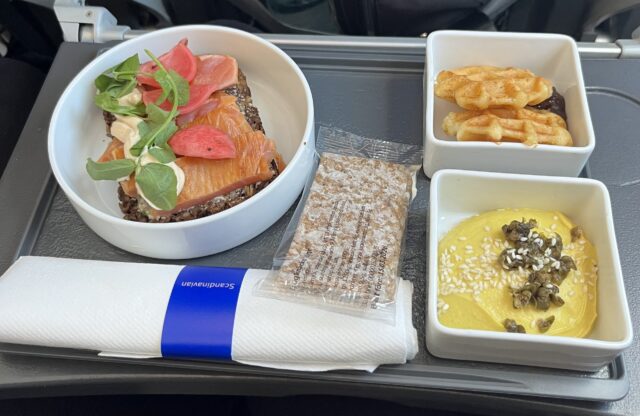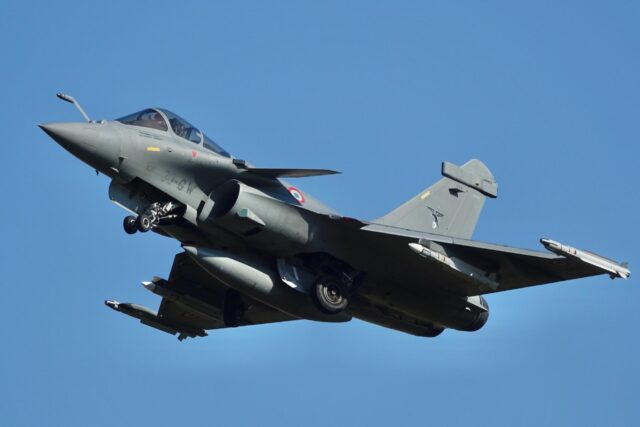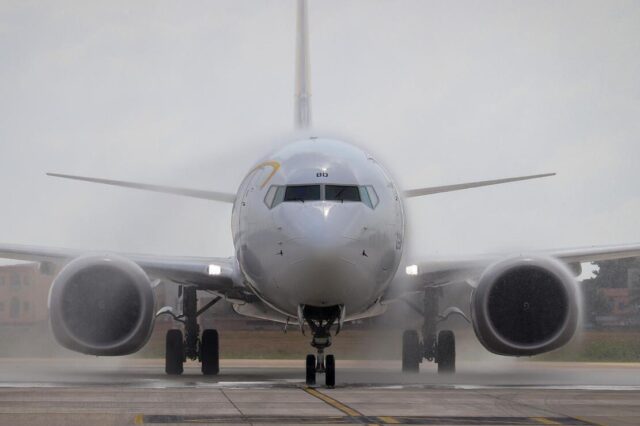Boeing forecasts $730 billion market for new airplanes in Middle East
Boeing forecasts that airlines in the Middle East will need 3,350 new airplanes over the next 20 years, valued at an estimated $730 billion. Boeing presented its 2017 Current Market…

Boeing forecasts that airlines in the Middle East will need 3,350 new airplanes over the next 20 years, valued at an estimated $730 billion. Boeing presented its 2017 Current Market Outlook (CMO) for the region during the Dubai Airshow.
“Traffic growth in the Middle East is expected to grow at 5.6% annually during the next 20 years,” said Randy Tinseth, vice president of marketing, Boeing Commercial Airplanes.
“The fact that 85% of the world’s population lives within an eight-hour flight of the Arabian Gulf, coupled with robust business models and investment in infrastructure, allows carriers in the Middle East to channel traffic through their hubs and offer one-stop service between many cities.”
Twin aisles
Twin-aisle airplanes are expected to make up nearly 50% of the new airplanes in the Middle East, and more than 70% of the value at $520 billion. Both percentages are significantly higher than the global average.
During the show, Emirates Airline announced a commitment to purchase 40 Boeing 787-10 Dreamliners in a deal valued at $15.1 billion at current list prices.
More than half of the total deliveries in the Middle East will be single-aisle airplanes, Boeing predicts. Operators in the region will need 1,770 single-aisle airplanes valued at $190 billion, driven by the growth of low-cost carriers.
Global demand
Around the world, Boeing has forecast long-term demand for 41,030 new airplanes, valued at $6.1 trillion. These new airplanes, it says, will replace older, less efficient airplanes, benefiting airlines and passengers and stimulating growth in emerging markets and innovation in airline business models.
Liked this post? Subscribe to our weekly newsletter.
















